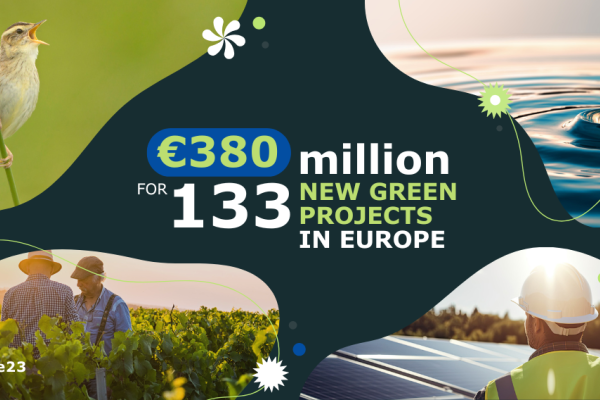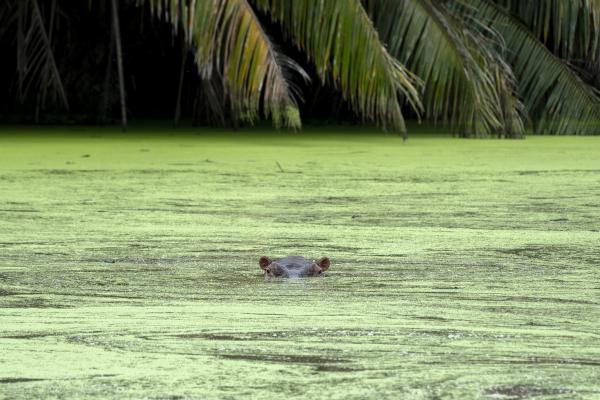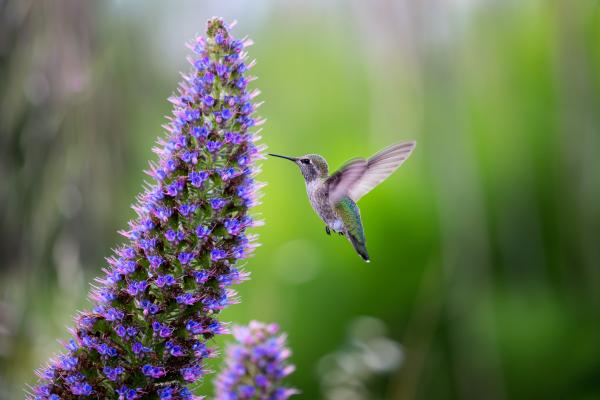Overview
We all depend on nature for our food, air, water, energy and raw materials. Nature and biodiversity make life possible, provide health and social benefits and drive our economy. Nature is also our best ally in tackling the climate crisis.
In the EU and worldwide, we’re currently destroying nature faster than ever. Ecosystems and services they provide are under pressure from urban sprawl, intensive agriculture, pollution, invasive species and climate change.
As part of the European Green Deal, the biodiversity strategy for 2030 is the EU’s plan to put biodiversity on the path to recovery by 2030. It contains specific commitments and actions to protect nature and reverse the degradation of ecosystems, building on existing nature laws.
The Birds and Habitats Directive (“Nature Directives”) are the EU’s oldest environmental laws. They form the backbone of EU biodiversity policy and are the legal basis for Natura 2000 – the largest coordinated network of protected areas in the world.

In the EU
Objectives
The EU's biodiversity strategy for 2030 is a comprehensive, ambitious and long-term plan to put nature on a path to recovery by 2030, by protecting nature and reversing the degradation of ecosystems.
Biodiversity in the EU
EU measures to protect Europe’s wild bird species
EU measures to conserve Europe’s wild flora and fauna
The largest coordinated network of protected areas in the world.
The Commission's proposal for a new regulation to restore ecosystems, habitats and species.
Preventing and minimising the effects on invasive alien species on Europe’s biodiversity.
Contributing to global conservation efforts and addressing the decline of wild pollinators.
Supporting towns and cities in restoring nature and biodiversity.
Promoting the protection and conservation of wild animals outside their natural habitat.
Promoting the use and integration of green infrastructure in all EU policies.
Global biodiversity
Protecting and restoring biodiversity worldwide through the Kunming-Montreal Agreement agreed at COP15.
EU measures to protect endangered species from illegal trade activities.
Ensuring humane trapping standards and high standards of animal welfare.
Prohibiting the placing of seal products on the EU market.
Protecting whales and dolphins from disturbances, capture or killing within EU waters.
Ensuring that benefits from genetic resources are shared fairly and equitably with the country providing these resources.
A tool to measure the changes in the stock and condition of natural capital (i.e. ecosystems) into accounting and reporting systems.
Mobilizing public and private finance for biodiversity, including from the EU budget.
Discover what our world would look like without pollinating insects with this virtual-reality experience.
Information on the conservation of wild pollinator species in the EU
A unique forum for dialogue and policy interface to discuss the links between business and biodiversity at EU level.
The source of data and information on biodiversity in Europe.
Mapping out, assessing, and accounting for ecosystems and their services to inform environmental policy.
The science-policy interface on biodiversity and ecosystem services.
Find a Natura 2000 site by Birds Directive Sites or Habitats Directive Sites
A voluntary scheme to protect biodiversity and ecosystem services in the EU Outermost Regions and Overseas Countries and Territories.
The EU Platform brings together a range of stakeholders to effectively address conflicts related to large carnivore conservation and management.
The European Red List identifies species that are threatened with extinction at the European level so that appropriate conservation action can be taken to improve their status.






